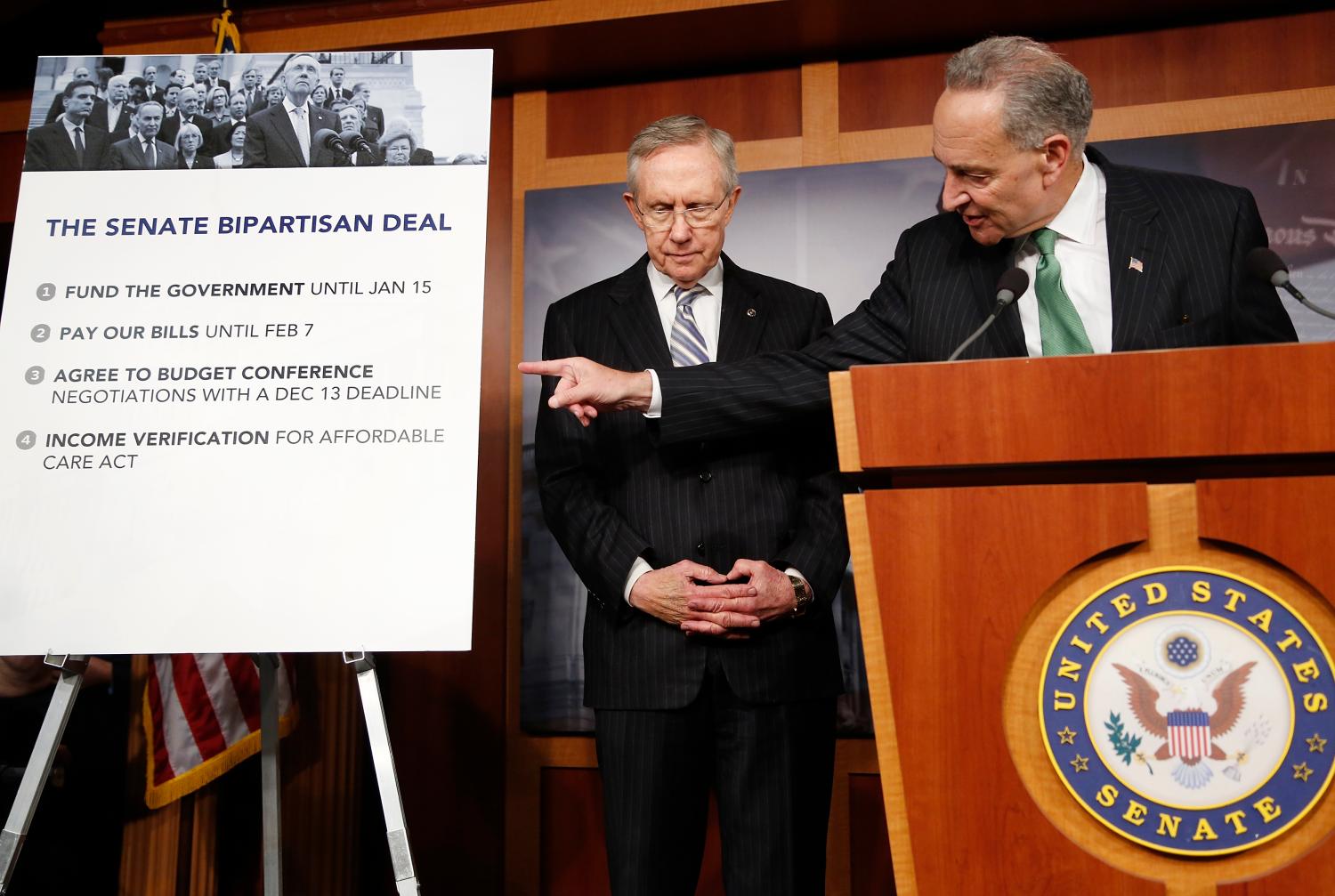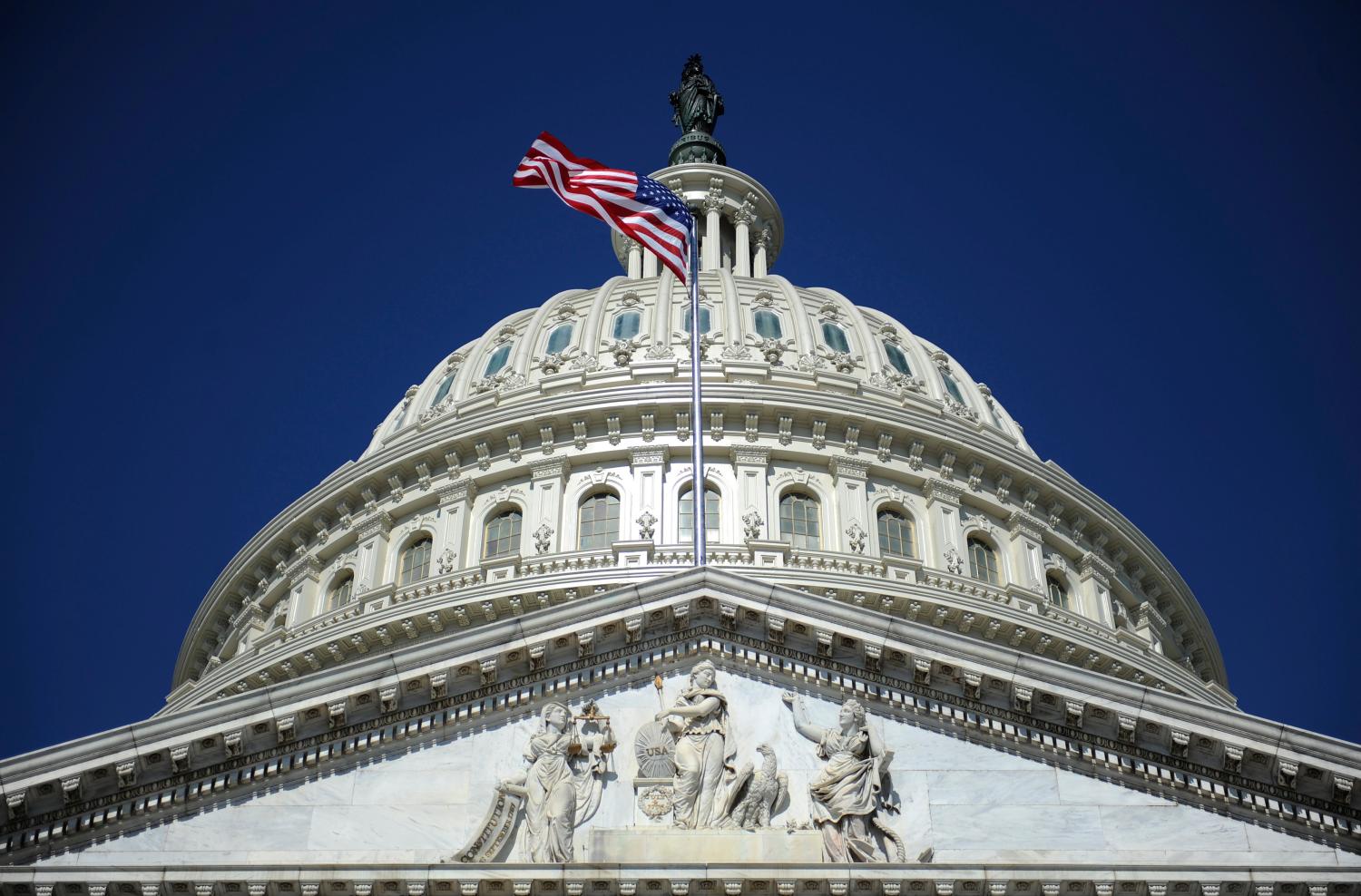In 1968, George C. Wallace, a former Democratic governor of Alabama, led a nationwide populist rebellion among conservatives. Though his American Independent Party presidential campaign drew votes from both mainstream parties, it mainly devastated the Democrats, who never recovered among conservative whites or in the South.
In 2009, another generation of conservative populists rebelled, this time calling themselves the Tea Party. After four or so years in which the GOP waited in vain for the Tea Party to settle down and become reliable foot soldiers, 2013 was the year that forced Republicans to confront the possibility that they have a Wallace-like problem on their hands.
Until recently, Republicans had good reason to hope that the Tea Party’s trajectory would follow that of the religious right’s emergence into politics in the 1970s. Energized by social issues, Christian conservatives welded themselves to the party’s base, altering the party’s ideological complexion but, in exchange, giving unstinting loyalty. That is what every party hopes for.
The Tea Party is more like what every party dreads: the splitting off of a disaffected faction into an outside insurgency—in other words, something like what the Wallace campaign did to Democrats. Wallace’s movement resembled the Tea Party in its predominantly white demographics, its anti-government populism, its southern and western tilt, its angry sense of grievance. Like Tea Partiers, and contrary to stereotype, Wallace voters were not downscale or dumb; they were of solidly average education and income, anchored in the white middle class. Also like Tea Partiers, they believed the Washington establishment held their values in contempt and that both parties were complicit.
What lies in store for the Republicans depends on which precedent, that of the Religious Right or the Wallace movement, the Tea Party more closely follows. There is certainly reason to think it may calm down and join the Republican base. Ideologically, Tea Partiers are barely distinguishable from conservative Republicans generally. The ideological gap between them and the GOP mainstream is nothing like the chasm between Democratic Wallace voters and the mainstream Democratic base in the late 1960s.
The lesson of 2013, however, is that Tea Partiers really are quite different from partisan Republicans, in three important ways. First, they regard compromise not as a necessary element of governing but as a threat to the constitutional order. Deal-making, in their view, is what made the government obscenely bloated; obstructionism, they think, is not by itself a solution, but it at least abates the problem.
Second, they behave more like a single-issue interest group than like conventional partisans. Yes, like other Republicans, they oppose gay marriage and abortion (for example). But, unlike other Republicans, they are willing, indeed determined, to subordinate other goals, including the goal of Republican electoral success, to the goal of reducing government spending.
Third, and perhaps most strikingly, they exhibit little loyalty to the Republican power structure. Just the opposite: they believe party loyalty has made fools of conservatives, harvesting their votes without delivering on their agenda. In 2010, as the Tea Party first hit its stride, polls found that its sympathizers disliked Republican leaders almost as much as Democrats did. That strange pattern that continues to hold. In September, a Pew poll found that more than 70 percent of Tea Party sympathizers disapproved of Republican leaders.
These obstructionist and anti-establishment attitudes, strikingly at odds with what would be expected of partisan loyalists, are fully consistent with the Tea Party’s roots. Beginning in the latter years of the George W. Bush administration, many anti-government conservatives, who until then had identified as Republicans, began recategorizing themselves as independents. Building on this base, Tea Party leaders swore that they were not and never would be Republican minions. In interviews, they told me they were well aware that the Republicans intended to domesticate them, but they vowed to sustain an insurgent mindset, no matter the cost.
To a startling extent, they have kept their promise. Five years on, they are still refusing to play by the party’s rules. They are as much a thorn in the side of House Speaker John Boehner, the Republicans’ nominal leader, as of President Obama; they persist in challenging reliable conservatives in primary contests, even if it costs Republicans congressional seats; in Washington, they would rather throw a tantrum and lose than compromise and win. This is a page not from Jerry Falwell’s book but from George Wallace’s.
In 2013, the empire finally struck back. Boehner demonstrated that, using Democratic votes if necessary, he could and would steamroll obstructionists in his own caucus; mainstream Republicans began openly mobilizing resources against insurgent conservative candidates; the recent budget deal and the congressional consensus defused the Tea Party’s two nuclear weapons (the threats to shut down the government and default on the national debt).
Will those developments housetrain the Tea Party? My guess is no. I think their reply will be: “Bring it on. We are not party loyalists, you have nothing we want, we have nothing to lose.”
I suspect the best the Republicans can hope for in 2014 is a do-nothing year that avoids precipitating conflicts. But that is not a long-term resolution, if it even proves possible. If the Tea Party refuses to play ball, Republicans have a problem that tactical maneuvers can’t solve—as Hubert Humphrey, the Democratic presidential loser in 1968, might attest.
The Brookings Institution is committed to quality, independence, and impact.
We are supported by a diverse array of funders. In line with our values and policies, each Brookings publication represents the sole views of its author(s).






Commentary
FixGov’s Review of 2013: Tea Party Battles Within in the GOP
December 23, 2013